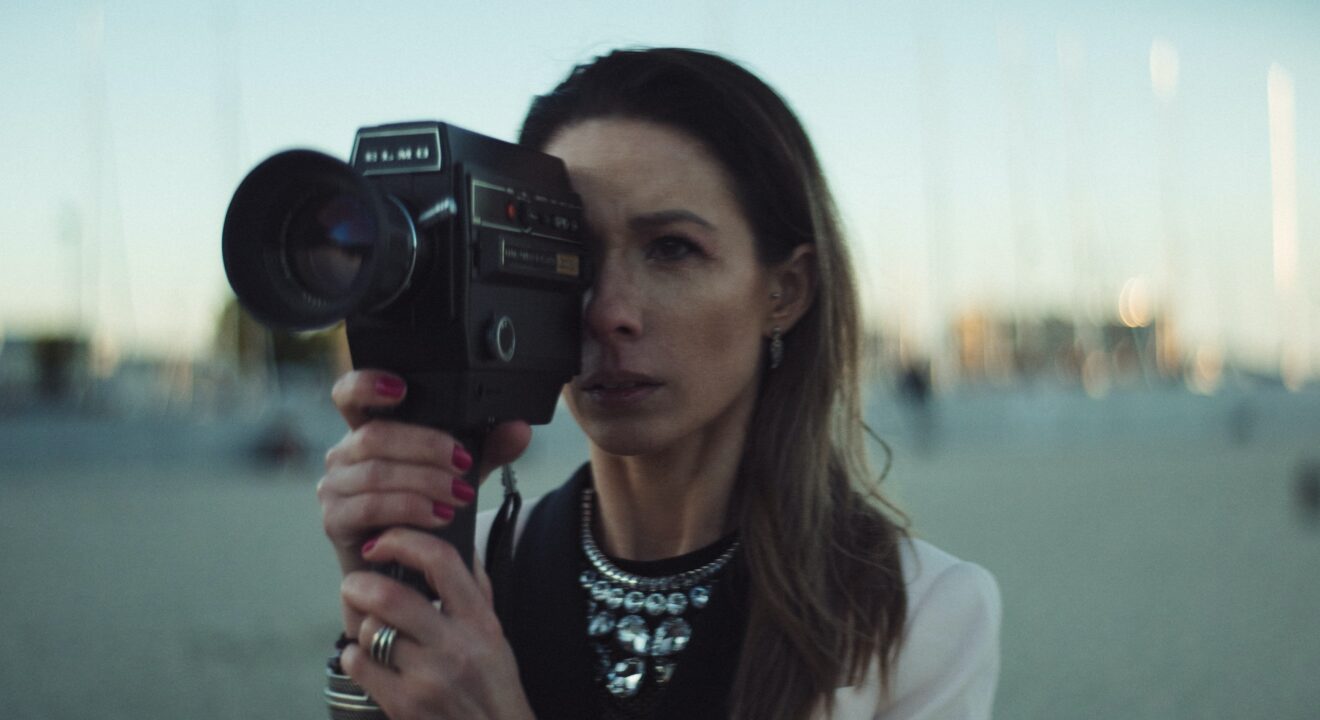Culture November 21, 2023


Her determination burned like a fiery sunset. Her ambition was loud like thunder. She had short, curly brown hair and soft, pale skin. She dressed like she owned the world in lace and bold details. She commanded a room when she walked into it. She was ambitious, open-minded, and passionate when it came to filmmaking. She knew she wanted to make history when she knocked on his door.
Alice Guy-Blaché was born July 1st, 1873, in Saint-Mande, France. In 1894, she became a secretary for French inventor, film producer, and distributor Leon Gaumont at a camera manufacturing company. Clients would sell the cameras by making actual films to demonstrate how they worked. After seeing these films, Alice knew she could make them better if she added an element of storytelling. So she knocked on Gaumont’s door and asked if she could make her first film.
Her first film was in 1896, “The Fairy of the Cabbages.” The film was one minute long and showed a flowery woman picking babies out of cabbages. It is considered one of the first fictional films with a scripted narrative structure. Soon after her film’s success, Gaumont made Guy head of film productions. She even had a part in inventing the Chromophone. The device allowed sound to sync up with the film. She made over fifty films using double exposures, split screens, and special effects. She received many awards, and her dance films were shown in music halls. In 1906, she wrote “The Consequences of Feminism,” which had men acting like women ́and women acting like men. The same year, she created the biggest production film of the time, “The Passion,” which was based on James Tissot’s New Testament; she shot 25 episodes with 300 extras. A year later, she moved to America with her new husband, Herbert Blaché. They built and created their own production company, Solax Studios, in Fort Lee, New Jersey. One of my favorite facts about Alice was that her studio had a huge sign that read “Be Natural.” She hated anything artificial. She wanted her films to be naturalistic. She made over a hundred films directing, producing, supervising, and editing. She made films about fashion, children, parenthood, antisemitism, immigration, and labor conflict. She was one of the only directors with strong female leads in her Western and military films. In 1912, she created “The Fool and His Money,” the first film with an all-American Black cast. In 1916, she wrote a film about abortion with activist Rose Pastor Stokes. The film was set to premiere before Rose was arrested for opening up her new clinic.
At the end of WWI, Alice suffered several setbacks: Solax Studios went bankrupt, and Herbert moved to California with his mistress. Alice picked up her kids and moved back to France to start over.
However, the French film community no longer remembered her, and she had difficulty getting a job. They completely shut her out. She got a job as a secretary, and when her daughter got older, they moved back to New Jersey in 1964. Historians ignored her for years. The history of Gaumont’s company book was published without referencing Alice once. Theodore Huff’s documentary on the history of New Jersey movie studios only credited Herbert for Solax Studios. She wrote letters to historians, wrote a memoir, and filmed interviews to fight for recognition. She didn’t want her name erased. Because names were often not credited on films and many films lost, she was never given the credit she deserved.
For years, Alice was determined to find her lost films. It wasn’t until after she died that her memoirs were published, and several archives found almost all her films, that people began to give Alice the recognition she deserved.
Alice took a chance to make her first film and helped create narrative storytelling as we see it today. Her films stand the test of time because of the techniques she created and the risks she took with storytelling that helped pave the way for future films.
Alice Guy-Blaché was the first female director. She used her passion to achieve many milestones of storytelling in many countries. She directed, produced, wrote, and supervised a thousand films over almost 30 years in the industry. As a female filmmaker, I’ve idealized every female director. Discovering Alice Guy-BlachéI empathize with her desire to be recognized. She didn’t want to be forgotten, and I won’t let myself or you forget her.
About Amber Elefante: Amber Elefante is a recent graduate from Montclair State University. She is a filmmaker, dreaming of becoming a director and screenwriter. She has always enjoyed the art of storytelling and making stories that allow voices to be heard. She has recently been showcasing her thesis film at film festivals and will have more exciting projects in the future!

About Stories Matter: Stories Matter, a mentoring program for young female writers founded by ENTITY Mentor and writer Leslie Zemeckis, nurtures the next generation and inspires them to tell their stories. Co-sponsored by the Santa Barbara International Film Festival (SBIFF) and ENTITY Mag, published female authors give their time to emerging talent to encourage greatness and share their writing process. “The recent group, whose assignment was to write about ‘A Woman You Should Know,’” noted Leslie, “was exceptionally talented and a joy to work with.” ENTITY Mag is thrilled to showcase the work of these gifted young writers.